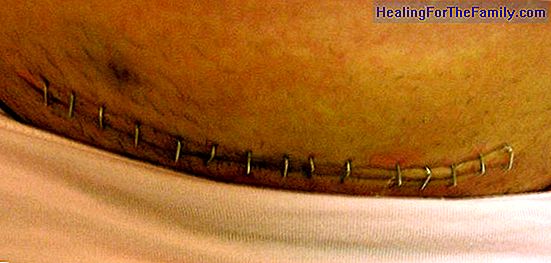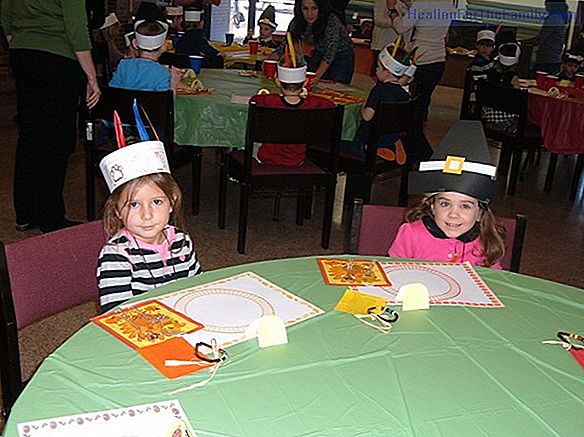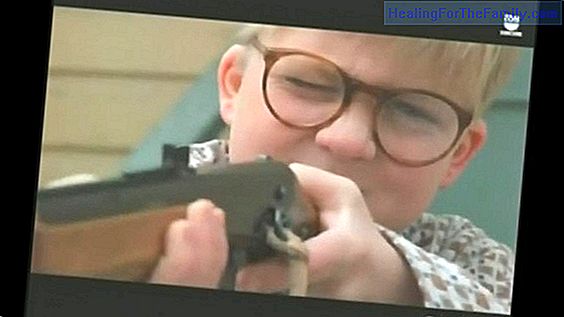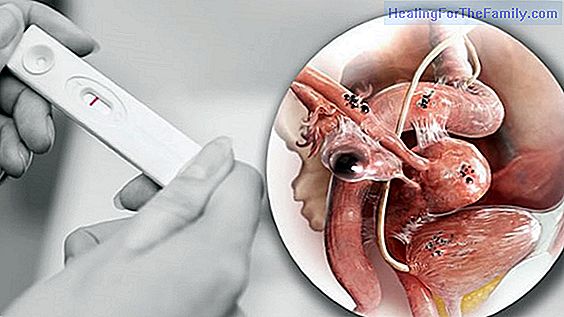Hemophilia in childhood
Hemophilia is a genetic disease that prevents proper blood coagulation. The main symptom is bleeding, which appears spontaneously and is of a prolonged nature. This disease can also affect children. We explain what it is, what types of hemophilia exist and how it is diagnosed. What is hemophilia in
Hemophilia is a genetic disease that prevents proper blood coagulation. The main symptom is bleeding, which appears spontaneously and is of a prolonged nature.
This disease can also affect children. We explain what it is, what types of hemophilia exist and how it is diagnosed.
What is hemophilia in children
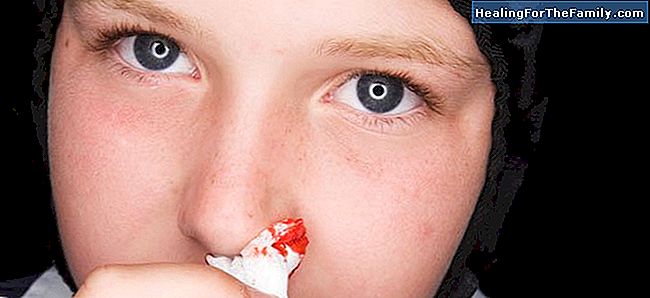
Hemophilia is a hereditary disease that occurs with the ability to bleed. It is a disease that also affects children. It is because it does not synthesize any of the proteins that help blood to clot. These proteins are called 'coagulation factors'. The factors of coagulation whose deficit is more frequent are factor VIII (hemophilia A) and IX (hemophilia B). The greater the deficit, the more important the bleeding can become.
From the clinical point of view, throughout childhood, bleeding usually affects the joints, but it can affect any structure (skin, gums, nose, urinary system, digestive system, nervous system, etc.).
The diagnosis is based on clinical suspicion, but it must be supported by a basic coagulation study en and a quantification of the coagulation factors. Treatment of childhood hemophilia
For the treatment of hemophilia, 'substitution therapy' is used: the missing factor is provided periodically from the outside, through a venous access.
With this therapy, children can lead a normal life.
Moreover, it is advisable to incorporate the regular practice of physical exercise into your routine activity. The following sports are especially recommended: swimming, hiking, table tennis, paddle tennis, badminton and dancing. As for toys,
the use of soft toys with rounded edges is recommended, without edges or sharp pieces. You should also avoid playing with heavy objects.It is especially important that these children wear strict dental hygiene, comfortable clothing and 'collar type' identification devices. Likewise, it is advisable to avoid, as far as possible, school absenteeism, and to seek, in case of need, academic reinforcement.


